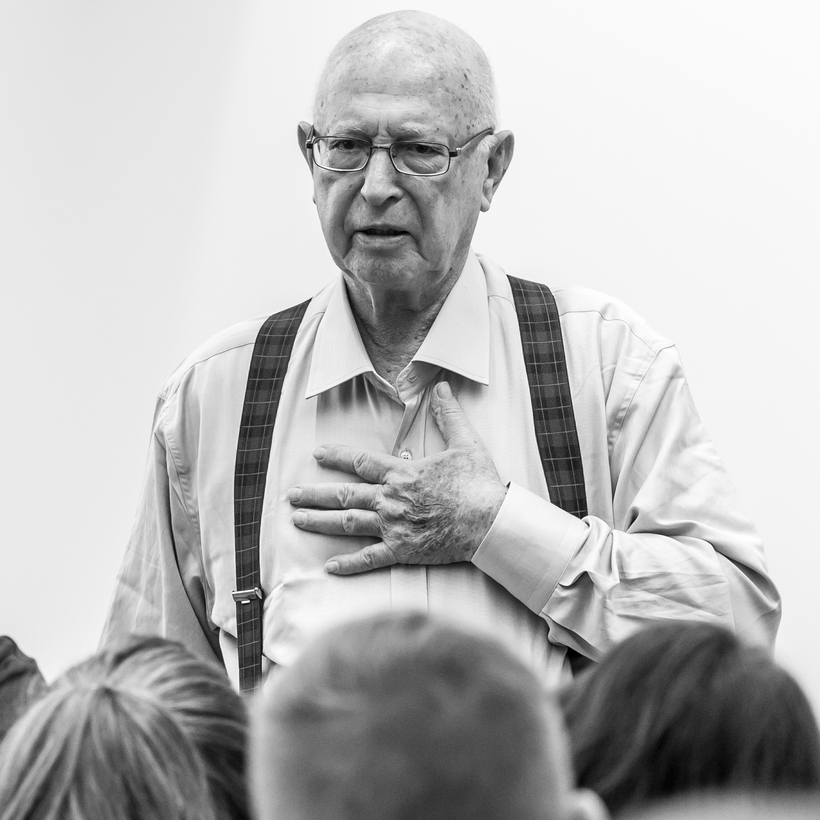Michael Maor, a Mossad agent involved in the capture of Adolf Eichmann, died in Israel on June 25. He was 86. His is a narrative of the Holocaust from its earliest menace to its final drama.
Maor was born in the German town of Halberstadt in 1933, the same year that newly appointed chancellor Adolf Hitler established the Gestapo. As the Nazi terror spread, his family escaped Germany, first to Spain, then to Yugoslavia. From Zagreb, where they were forced for the first time to wear the yellow star, the Maors fled again, to an Italian-controlled area of the country. But Nazis were always at their heels. In short order, the family was imprisoned in a concentration camp on the nearby island of Rab, just off the coast in the Adriatic Sea. When the Italians surrendered to the Allies, in 1943, the Maors were freed into the company of local partisans. Yet, they were still hiding from marauding Nazi soldiers for days at a time in the nearby forests. During one such raid in 1944, Michael’s parents urged him to run deeper into the woods. When the 10-year-old boy eventually backtracked through the trees, he found his parents had been shot to death. Michael was placed in an orphanage until the German surrender, in 1945.
With the end of the war, the newly formed Jewish Brigade of the British Army sent Maor and other survivors by ship to Palestine. He became a prize-winning athlete in Kibbutz Mizra and was drafted into the Israeli Army in 1951, becoming a paratroop officer. In 1959, he returned to Germany to study photography. There, he also connected with the Mossad.
At last, for Maor, time, place, opportunity, and skill combined to allow him to avenge the nightmare of his childhood. In Argentina, Mossad operatives were tracking Nazi fugitive Adolf Eichmann, the last big fish of the Holocaust still at large. Before capturing him to face justice in Israel, they wanted ironclad proof of his crimes for an airtight prosecution. In a desk in the Frankfurt office of the general prosecutor of Baden-Essen, that evidence was waiting, neatly assembled in the government file on Eichmann. The chief prosecutor was a German Jew who allowed Maor to “break in” to his office and photograph the documents that chronicled Eichmann’s role as the logistics master of Hitler’s genocide.
With the photographic evidence in hand, the Mossad captured Eichmann in 1960 and smuggled him to Israel to stand trial for crimes against humanity and the Jewish people. The so-called Man in the Glass Booth was convicted on 15 counts of war crimes. His execution, on June 1, 1962, the only time Israel has ever used the death penalty, was the final chapter of the Final Solution. —Robin Olson

